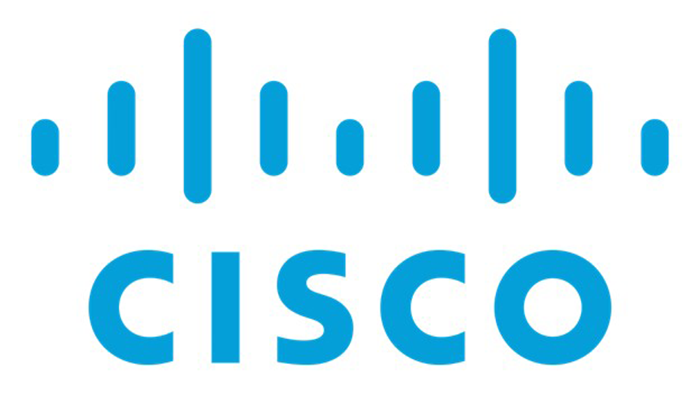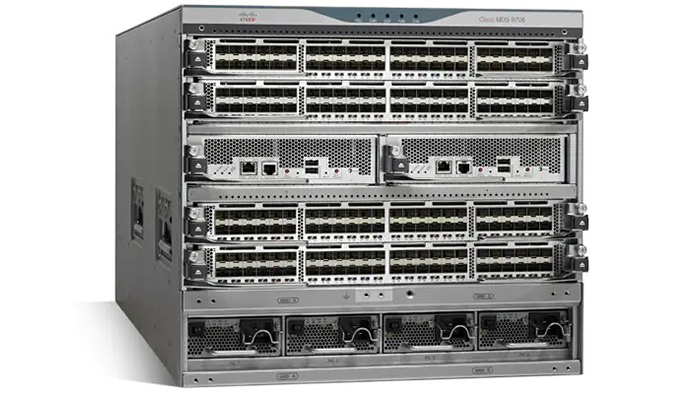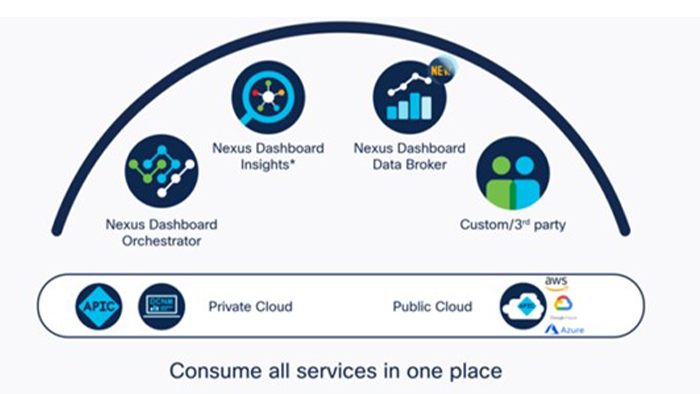
Cisco SAN Storages are the most common architecture of storage networks used by Cisco for business-critical applications that require high throughput and low latency.
A storage area network (SAN) is a specialized, high-speed network that provides block-level access to storage space. Storage SANs typically consist of hosts, switches, storage elements, and storage devices that are interconnected using a variety of technologies, topologies, and protocols. SANs may also span multiple sites.
The licensed Cisco SAN storage presents storage devices to the host so that the storage appears to be locally attached. This simple provision of storage to the host is done using various types of virtualization.
SANs make up about two-thirds of the total network storage market. They are designed to eliminate single points of failure. This means that if a component fails, there is no disruption to storage and data. This capability makes SANs highly available and flexible. A well-designed SAN can easily tolerate multiple component or device failures.
Cisco SAN offers several compelling benefits that are essential for enterprise-level workloads.
A Storage SAN supports a variety of useful enterprise-class storage features. Features such as data encryption, data recovery, storage replication, and self-healing technologies aim to maximize storage capacity, security, and data flexibility. These features are almost universally centralized and can easily be applied to all storage resources in a SAN.
This means that a full SAN deployment has no single point of failure between a host and a storage device. That is, communication across the network can always find an alternative way to maintain storage availability against workloads.
A SAN can support very large deployments that include thousands of SAN-hosted servers and storage devices or even storage systems. New hosts and storage can be added as needed to create a SAN to meet specific organization requirements.
A typical Storage SAN uses a separate network fabric dedicated to storage tasks. Fiber Channel is great for performance, although iSCSI and converged networking are also available.

Many IT departments have centralized their data centers and SANs, and at the same time, they are highly efficient. Large companies with SAN integration have hundreds or thousands of servers running, connecting business applications through a common network fabric, creating an ideal fabric network connection from which to launch solutions such as SAN expansion, acceleration and have put data encryption on the agenda. The Cisco MDS 9000 Series 16-Port Storage Switch is a high-performance, flexible, and integrated platform for deploying enterprise-level disaster recovery, business continuity, and intelligent applications.
The Cisco MDS 9000 16-band server node has four independent service providers, each of which can be individually and proactively activated to scale as business needs change or configured to run separate applications.
The MDS 9000 is designed for premium enterprise storage networks that require secure, robust and cost-effective business services. The Cisco MDS 9000 16-port storage service node offers the following features:
Cisco Nexus Dashboard Fabric Controller (NDFC) is the new powerful and feature-rich service (formerly Data Center Network Manager or DCNM) available exclusively on Cisco Nexus Dashboard (ND). NDFC includes a microservices architecture based on Kubernetes. With the arrival of NDFC Release 12, users get a consistent experience across NDFC and other services hosted on Nexus Dashboard, including Insights and Orchestrator.

NDFC provides full lifecycle management, configuration, and automation for Cisco NX-OS, IOS-XE, IOS-XR, and non-Cisco devices for a variety of deployments. Unlike DCNM, NDFC no longer requires users to select LAN, SAN, or IP Fabric for Media (IPFM) mode during installation. Instead, NDFC uses a runtime function enabler. This ability selectively enables or disables various functions and associated function groups or characters. Such as Fabric Controller (LAN), SAN Controller and Fabric Discovery. Users can now enable desired features at runtime, allowing for better scalability of their clusters.